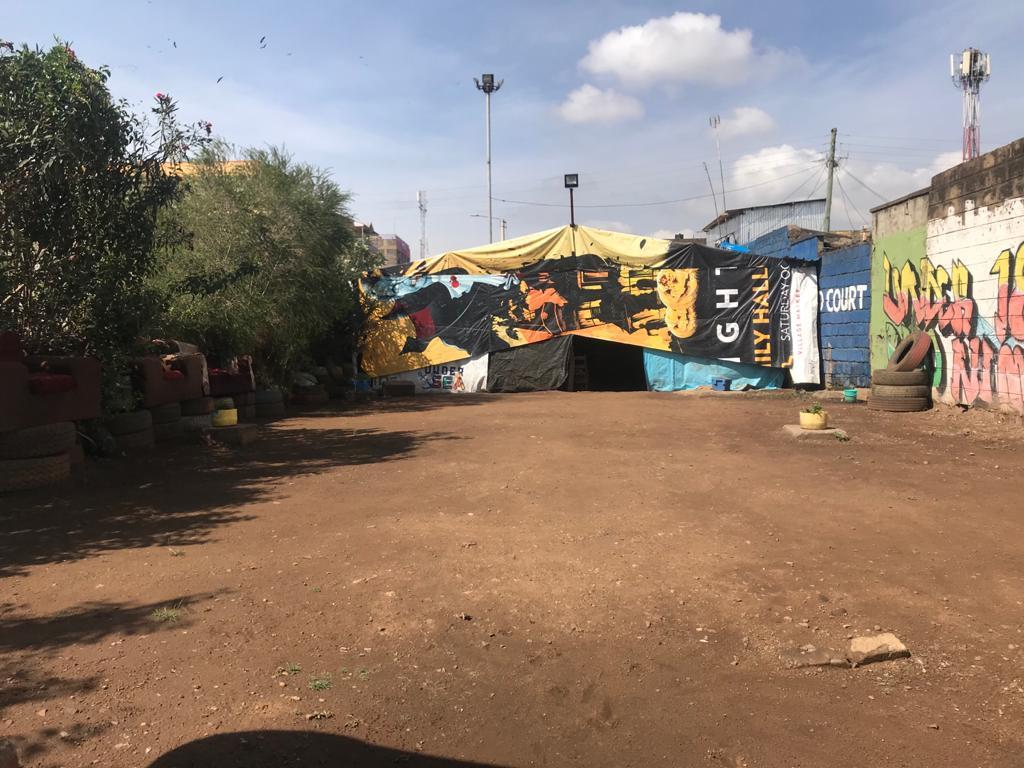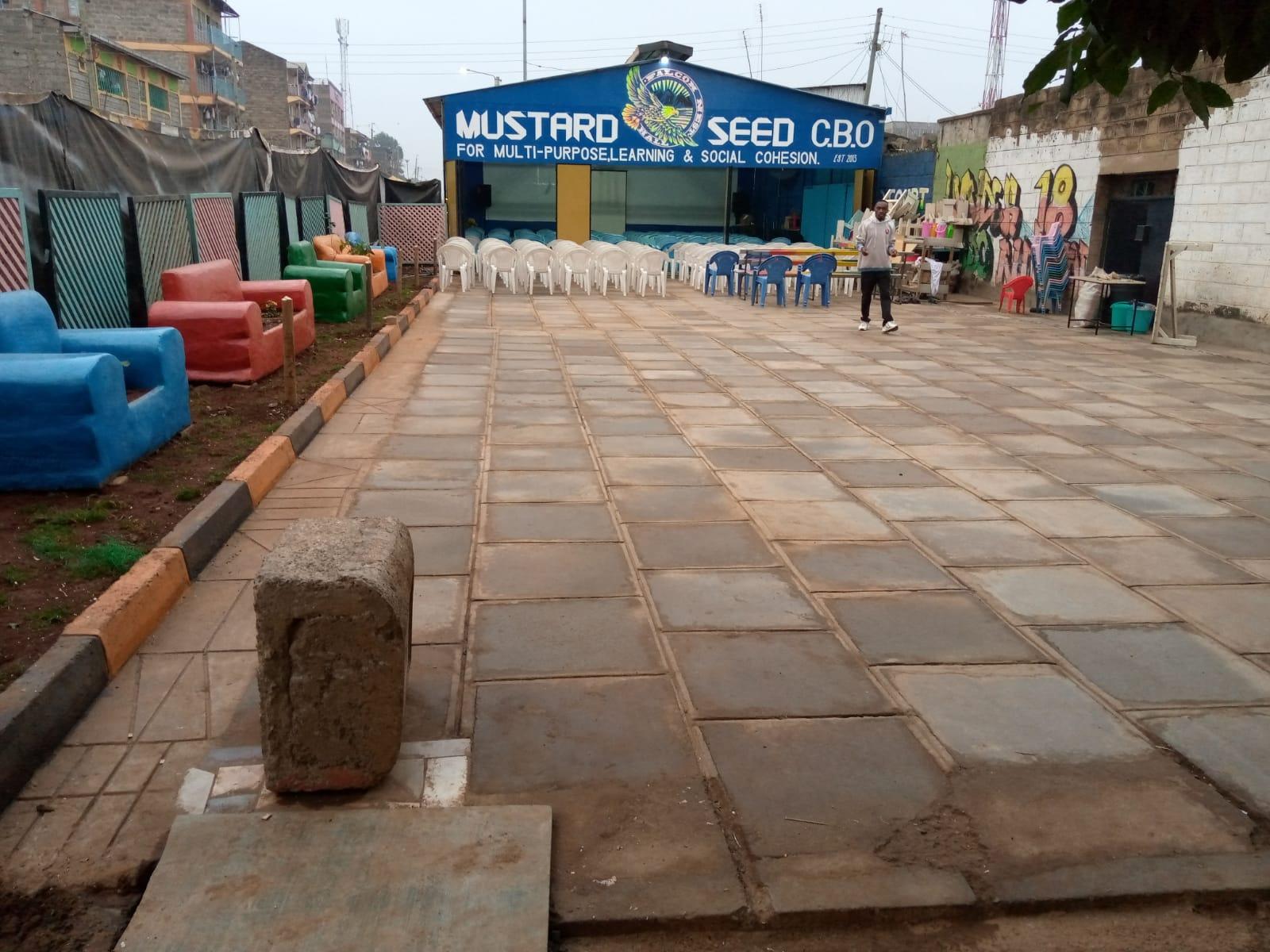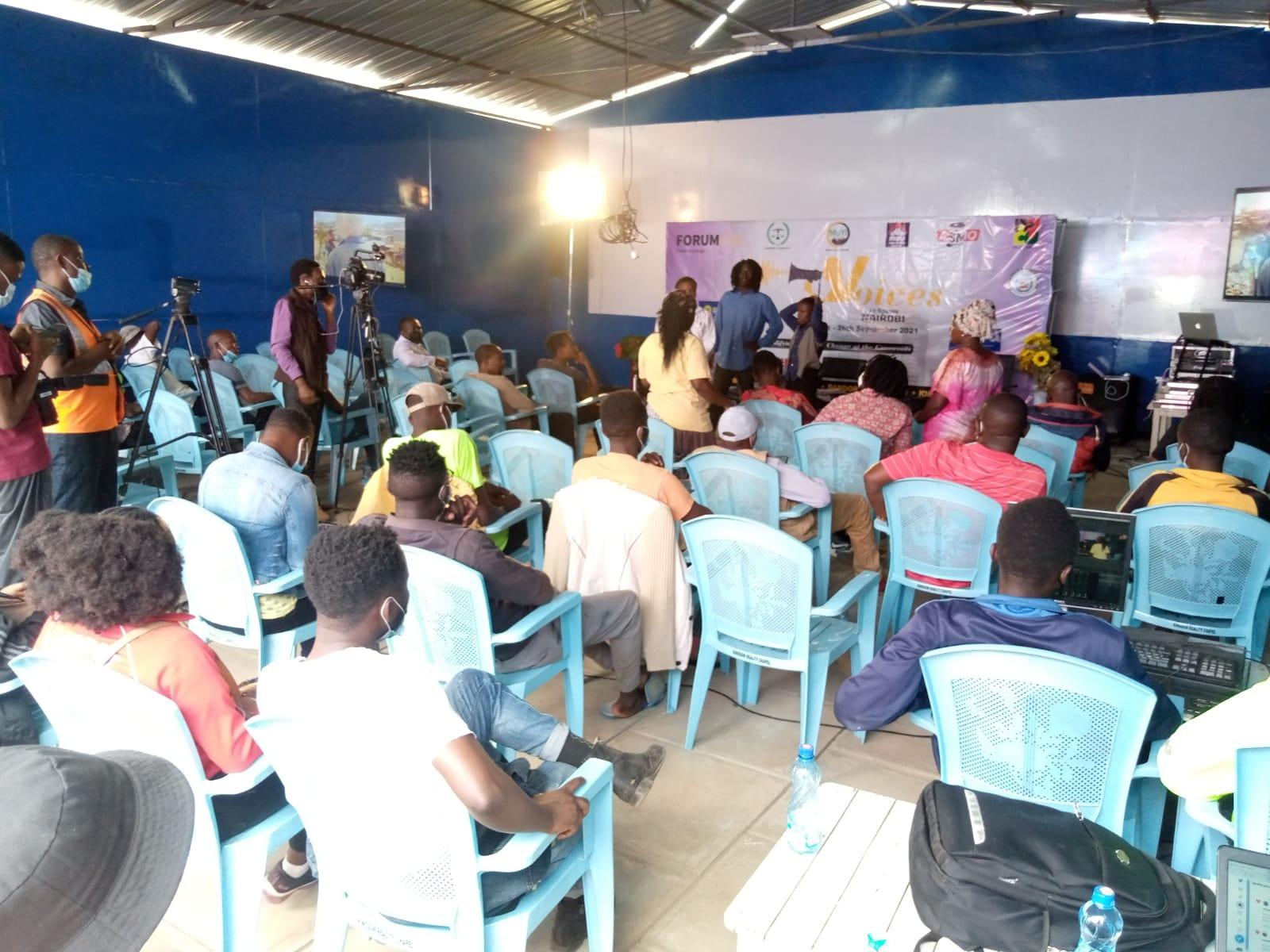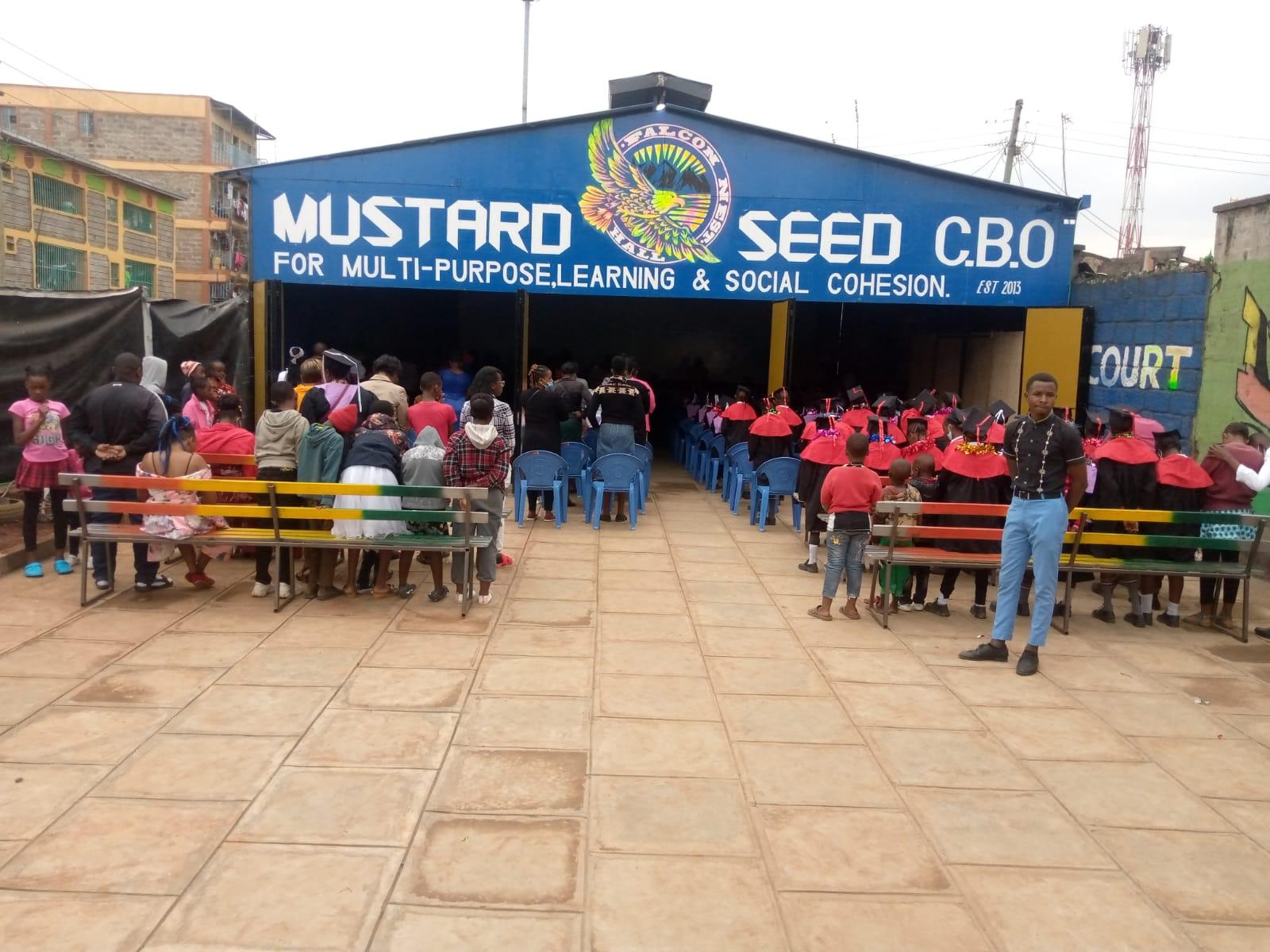By Beatrice Hati
Informality in Nairobi
Rapid urbanization continues to accelerate and hit cities all over the world, albeit with varying degrees of influence. For cities in Sub- Saharan Africa (SSA), urbanization remains largely unplanned with a consequent proliferation of slum communities. It is approximated that over 238 million urban residents live in slums and informal settlements in Sub- Saharan Africa, 2nd largest share from Eastern and South-Eastern Asia (United Nations 2019). In Nairobi, the capital of Kenya, over 60% of the city residents battle for survival in space and resource constrained slum and informal settlements. Here, community well-being and prosperity is compromised due to chronic poverty, meagre infrastructure and services, poor sanitation, substandard housing, tenure uncertainty, high crime rates, joblessness, powerlessness, susceptible informal economies and an overall scarcity in material resources. Such settlements fall outside formal laws and regulations and government agencies are unable or unwilling to extend support citing illegality. There are minimal opportunities, and every day has to be “earned” (at times even illegally).
During the Covid19 pandemic, disproportionate impacts are felt in Nairobi’s informal settlements and capacity to cope is limited. There are variances in how the pandemic affects the social, economic, and political fabric of each settlement, thus necessitating contextualized humanitarian and development interventions. For example;
In Dandora, a large informal settlement in Nairobi's Eastlands with over 295,670 residents, the pandemic imposed inordinate health, social and economic impacts on families, with an added burden on children and youth. Cessation of movement, closure of schools and social distancing on one hand limited acces to education for children, put a strain on caregivers to meet children's developmental needs at home, and further disadvantaged children socially due to the lack of play areas in the space-constrained settlement. On the other hand, the directives caused a widespread job and income loss and economic insecurity among families, since most depend on informal and irregular income, precarious jobs, with no savings. Already, the knock-on effects of the pandemic were manifesting through diverse social ills, among them, violence in homes, petty crime, child labour, and teenage pregnancy. In such scenarios where state support is absent and resources are acutely scarce, who then takes action?
In scenarios where state support is absent and resources are acutely scarce, who then takes action?
Collaborative innovation of the Dandora community
While informal settlers may be in a structurally disadvantaged position to cope with crises such as the Covid-19 pandemic, they possess capacity to self-organize, innovate rapidly and mobilize support through bridging capacities of grassroot organizations – a rare reserve problem-solving capacity. The Dandora project demonstrates that local communities, in strategic partnership with local and external partners can play an important role in innovating to address local challenges. Following a productive collaboration initiated by Mustard Seeds CBO, a Multifunctional Community Center has been constructed in Dandora as a complementary learning space and social cohesion center that caters for diverse local social needs. The project has evolved from a previously dilapidated, unserviced make-shift hall into a multipurpose co-designed facility that offers a safe and equipped public space for the children, accessible and flexible space for (in)formal social contact and an income generating space for the youth.


Hall before upgrade (left) and the Multifunctional Community Center in progress (right)
Key project features
1. Networking and Multi-actor Interactions
This project involves important collaborative engagements with local authorities for formal access to land and connection to basic utilities; external partners for funding, training, technical support and knowledge exchange; with local communities for co-creation, contextualization of the solution, labor, supply of locally reusable materials; and with private sector for supply of construction materials.
The local grassroot organization (Mustard Seeds) has spearheaded the formation of these diverse networks and in the process strengthened bonding, bridging and linking social capitals. The interrelations in play discount the erroneous perception of informal settlements as chaotic, disorganized and lacking social cohesion. It instead demonstrates that amidst crisis and resource constraints, local communities are capable of self-organizing, mobilizing their social capital, capitalizing on their creativity and cooperating to command change.
The dynamics of such multi-actor interrelations are however complex, with diverse motivations, power dynamics, and trade-offs. Negotiations of different forms, conflicts and power imbalances may emerge and which may significantly impact development projects in informal settlements

The new facility in use for networking and multi-actor interactions
2. Embedding Frugality
Developing a facility of sound quality and structural integrity through an inclusive process in a context scarce of financial and material resources called for innovation at different project facets. The local communities and the implementing grassroot organization have therefore largely tailormade cheap interventions using limited available material and financial resources, but maximal use of mental effort. Such ingenuity that targets “doing more with less” demonstrates frugality. Several examples substantiate this, e.g. the technical designs were done in a collaborative effort between professionals and local artisans, with a reciprocal knowledge flow; to reduce energy consumption and enhance ‘greenness’ of the facility’s energy system, natural ventilation and lighting have been maximized; beautification has been done using reused waste materials. Different forms of frugality i.e., in form of mindsets, processes and outcomes manifest throughout the project evolution, with different triggers.
Beatification of the public green space by reusing waste materials
3. Multi-functionality and Flexibility
The developed community facility is a new and creative way to foster and sustain learning beyond the classroom, whilst providing an equipped space for social contact and a vibrant environment for business. The project can therefore ease the poverty tension and stifle social ills by providing income generating activities for the youth, capacity building initiatives for different society groups, and active recreational opportunities. Although the project is not yet commissioned, it is already under use by community members for; social events such as weddings, religious events, capacity building forums, collective activism gatherings, entertainment, physical exercise (aerobics), government training programmes, children tuition and coordinated games. A comprehensive qualitative and quantitative outcome of this innovation has however not been undertaken and awaits commissioning of the facility.

Graduation ceremony at the center
4. Human centricity
Development of this innovation has been largely human centric – considering people knowledge, priorities, rights and opinions in the process. Three large-scale public participation forums have been held, with the mobilization strategy taking consideration of gendered dynamics and age differences (a special engagement forum also conducted for children). While efforts have been made to ensure that most of the community members are involved throughout the process, we observe that development of such collaborative innovations through iterative processes may leave out some individuals and/or social groups. Additionally, participants may not have equal contributions. A nuanced perspective of public engagement and human centricity in donor-funded collaborative projects emerges as an interesting avenue for research.
Cocreation session at the center
Lessons and emerging issues
Considering the observed changes and patterns in this (ongoing) work, the Dandora case not only demonstrates how (small scale) resilience initiatives can be developed amidst crises and resource constraints, but also presents an interesting case for research.
Lessons learned
- Informal settlements are dynamic and complex, and so are their social (governing) systems. In collaborative projects, development partners need to forge flexible structures to ensure seamless and urgent connection to local configurations.
- Informal settlers are not passive victims of crises, but rather through grassroot organizations, they are empowered to command change, mobilize across scales and share responsibilities (active citizenship). This capacity may grow over time in the form of social capital, experiential knowledge and self-governing (informal) systems with capacity to accelerate innovation.
- Frugal innovation, self-organization, agency, (social) networks matter for development in informal settlements.
- The ability of informal settlements to innovate (frugally) admidst resource scarcity sits at the heart of the community's ability to self-organize and mobilize support across scales (vertical and horizontal) and sectors.
- The interactive process adopted in this collaborative innovation portrays knowledge and learning as a critical asset for community projects. Monitoring of good practices and learning from failed attempts is an important tool for project development and minimizes resource wastage.
Emerging issues and next steps
The key project features summarized in this article point to various streams relevant for development partners and researchers to engage with on scholarly and empirical levels:
- Subtleties and contextual dynamics of multi-actor interactions in the development of collaborative frugal innovations. The interplay of actors in a dynamic context may not only influence the pace and nature of innovation development but may also influence future capacities of the society at large to cope with crises. Balancing expectations and demands where multiple actors are involved and where resources are scarce is important for innovation studies.
- Multi-actor interactions have capacity to dis/enable frugality in community projects. How can this interrelationship be better understood, or quantified?
- Problematizing public engagement and inclusivity
Stay frugally involved for more research insights on scholarly and empirical levels on the role of frugality in building community resilience in the times of Covid-19 in Nairobi, Kenya.
Contact us
